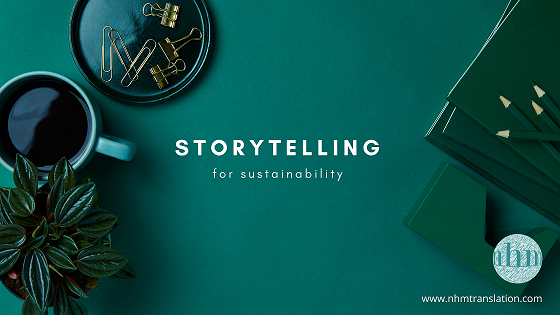French to English translation – easy right? Same alphabet, similar sounding words…Some people might say French is similar to English, and while you can use French sentence structure in English and be understood, it often comes across as clunky. One of the hardest skills to hone as a translator: not […]
Blog
What skills do you think a translator should have? In preparing to give a workshop for recent graduates at the Australian Institute of Interpreters and Translators (AUSIT) national conference in Melbourne on 21-23 November 2024, I’ve been thinking about what are essential skills for translators and interpreters in the current […]
Picture this: a company eagerly anticipating the launch of its new website, proudly declares it will be “lunching soon” instead of “launching soon”. A seemingly trivial error, but one that could potentially cost the company much more than just a meal. This anecdote serves as a stark reminder of the […]
You probably know that French has gendered nouns (and have probably wondered why table is feminine!). Translating il and elle as he and she is one of the most common mistakes I see when non-native English speakers translate into English. This can be quite problematic in terms of meaning. Here […]
What comes to mind when you think of the word ninja? Things like pop culture, Japan, weapons, ninja turtles perhaps. When my son brought this cute ninja craft home this week, I was curious as to the popularity of ninjas and if I could try ninja thinking to improve as […]
Australia and France have many connections both historic and present: the Aussies love French culture and the French see Australia as a dream destination. Why then, despite this mutual affection, do we often label the French as rude and why do the French see Aussies as “soft”, almost too laid […]
Tom Goodwin writes in his 2017 article ‘Forget coding, we need to teach our kids how to dream’ that if we refocus education systems to foster creativity, fuel curiosity, and help our kids to develop healthy relationships and empathy, then we empower them to be self-reliant, agile, and adaptable to […]
I take my hat off to all the parents who helped (or are still juggling) their kids through pandemic remote learning. I have a 3 year old so I didn’t have personal experience of this, but the statistics are sobering: UNESCO estimates that schools were either fully or partially closed […]
As I write, rain has been constantly drizzling outside, on a grey old afternoon. I’m thankful for the sustenance it brings to my garden and to my supply of clean drinking water. Water is essential to life. Yet, living and growing up in Australia, I’ve seen the devastation of drought, […]
I recently listed to an episode of the Advancing Sustainable Solutions podcast called Storytelling for Sustainability and, as a translator, the perspective of how we can use stories to inspire and connect emotionally resonated with me. I regularly work with clients who use stories, either through blogs, articles, videos or […]
Are you thinking of expanding internationally or entering a new market? One of the first things you are likely to do is to have your marketing materials translated. So how do you get your message and call to action across effectively in a different language? Choose a translator specialised in […]
If your product or service is only promoted in one language on your website, non-native speakers of that language may have difficulty understanding it fully. The nuanced features and benefits of your product or service may go unnoticed, resulting in reduced engagement with your brand. For many companies, time and […]
So you’re going global and need a translation into English but you have to choose between Australian or British and American English. This will of course be dependent on your audience and where you are selling your product or service. I’m going to focus here on Australian English as I […]
What is translation purpose? Most common definitions would agree that the purpose of translation is to convey the original tone and intent of a message, taking into account cultural and regional differences between source and target languages, but how does this reflect the relationship between translator and client in practice? […]















 English
English Français
Français